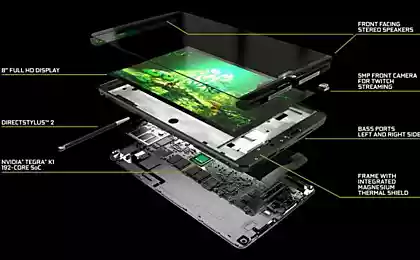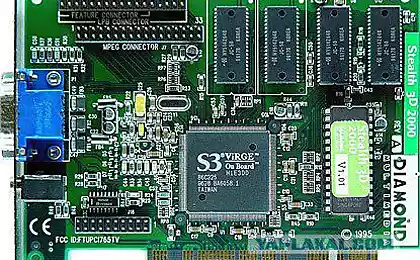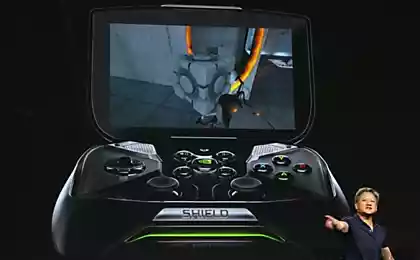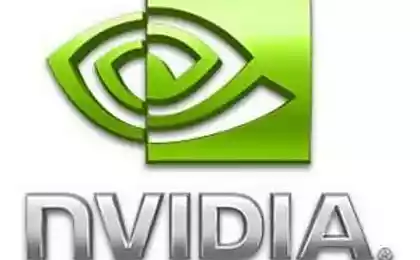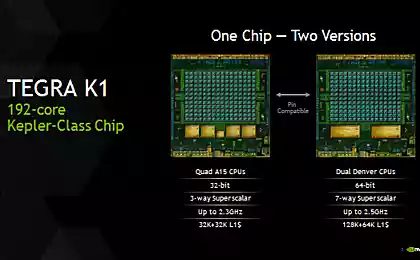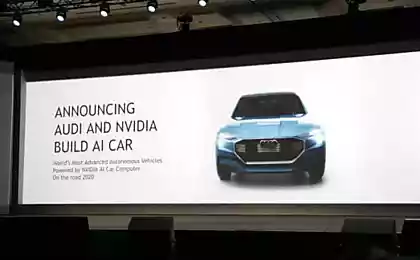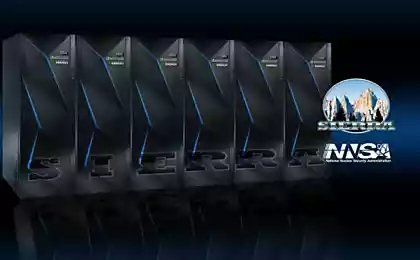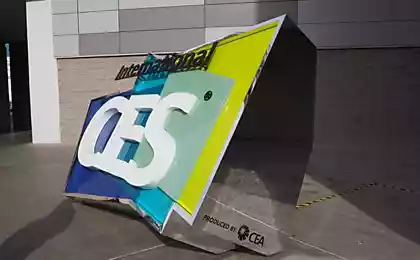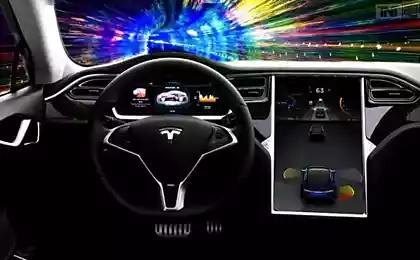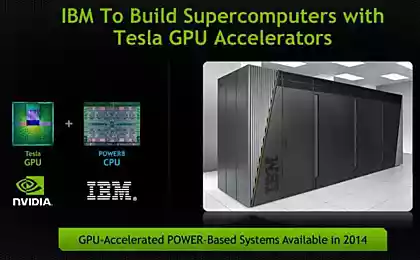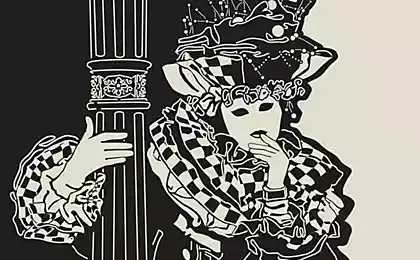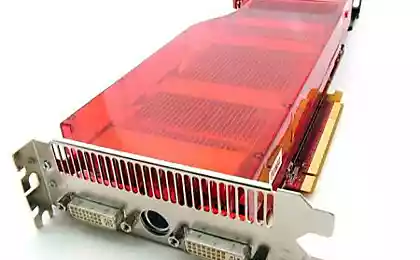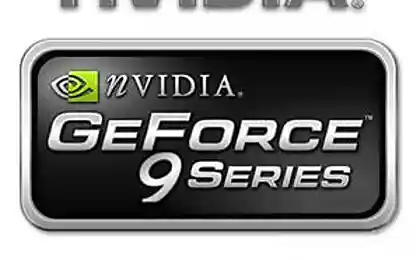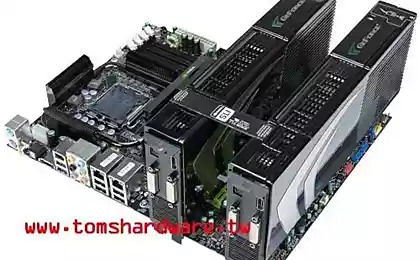1066
Evolution cards nVidia: from NV1 to 8800
Large historical and nostalgic post. The selection of the evolution of video cards nVidia
nVidia
1995: NV1
Interface - PCI, memory - 2 MB, support 3D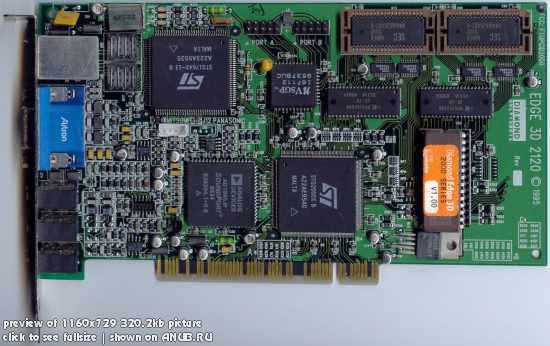
1997: RIVA 128
(Real-time Interactive Video and Animation accelerator)
AGP 1x, PCI, 4 megabytes of memory to work with DirectX 5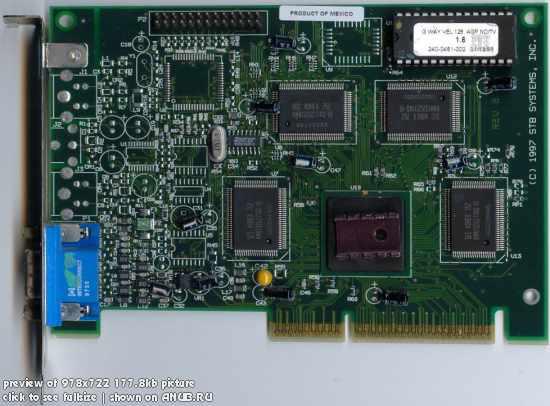
1998: RIVA TNT
(TNT = TwiN Texel)
AGP 2x, PCI, from 8 to 16 MB of memory, support for DirectX 689,750,726
1999: RIVA TNT 2
AGP 4x, PCI, 16-32 megabytes of memory, DirectX 643,510,349
1999: GeForce 256
The first video card with GPU, has paved the way for many years for a family of GeForce.
AGP 4x, 16-32 megabytes of memory, DirectX 7
Check out a preview of the September 17, 1999 ...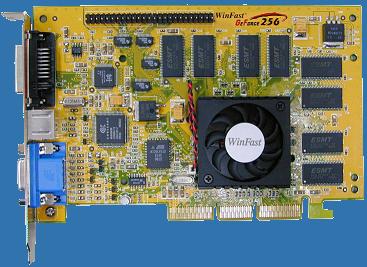
2000: GeForce 2
The second generation has been very successful and continued development of the company nVidia
A wide range of models - from weak prefixed with MX to a top prefixed with Ultra, which was fixed for the most powerful symbols of the samples range still.
Overview
Interface AGP 4x, 32-64 megabytes of video memory, the transition to memory DDR, architecture DirectX 725,860,594
2001: GeForce 3
The very first video card with shader programs. With a light hand of the developers, the game appeared beautiful Vodicka with reflections.
Three versions - standard, Ti200 and Ti500 overclocked weakened.
Overview
AGP 4x, 64-128 megabytes of memory, support for DirectX 8 (8.1 for the later models)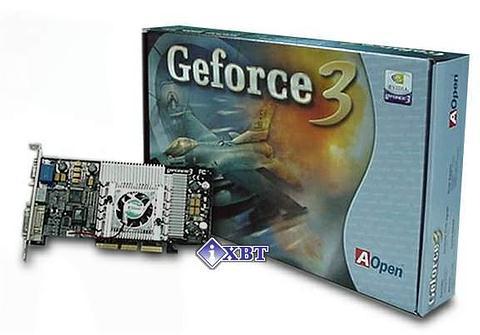
2002-2003: GeForce 4
The series consisted of two malopohozhih product lines - MX and Ti
MX is a descendant of the second series, Ti - third. The main difference between MX-cards was the lack of support for shaders.
AGP 4x, 64-128 megabytes of memory for MX-series - DirectX 7, for the Ti-Series - DirectX 8.1
Obzor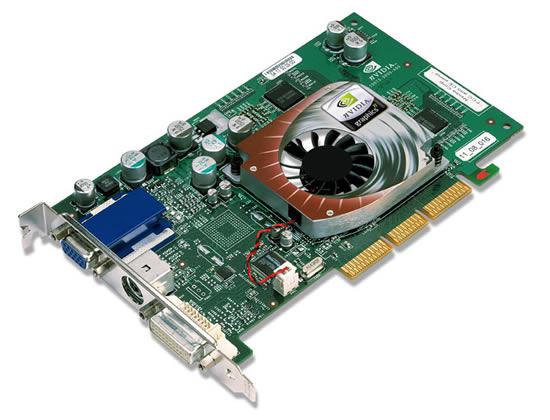
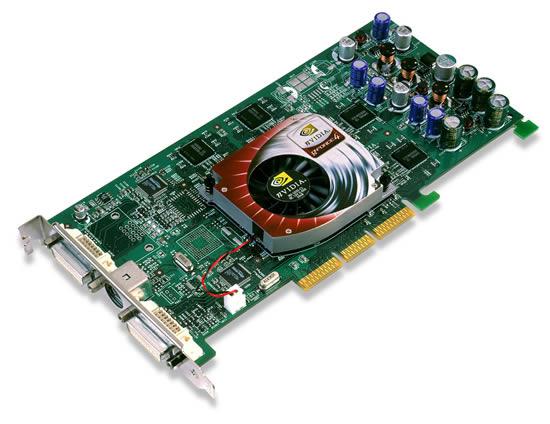
2003: GeForce FX
The fifth generation of video cards GeForce.
AGP 8x, 128-256 megabytes of memory, the beginning of the era of DirectX 9.
Models from 5200 to FX FX 5950 Ultra.
Obzor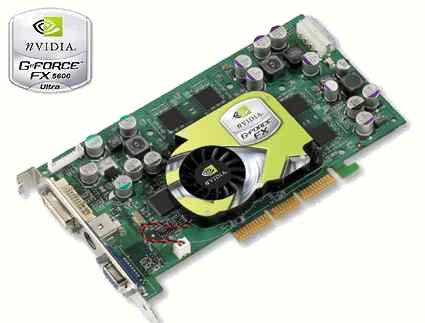
2004-2006: GeForce 6
The transition from AGP-interface PCI-Express (although AGP-version released along with the PCI-E), update revision DirectX 9 (9.0c), 128-512 megabytes of memory, the introduction of technology SLI - the use of two paired cards in one system. < br /> That class 6 card used today in most computers.
Obzor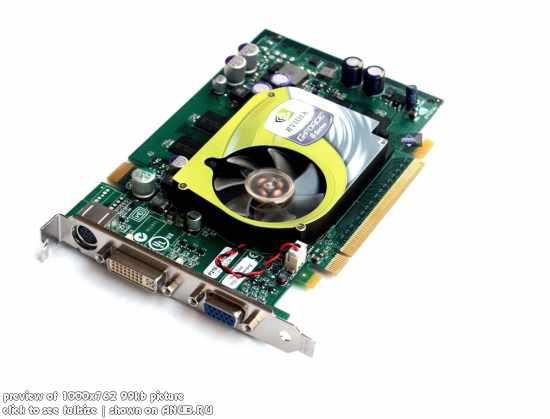
2006-2007: GeForce 7
Interface: PCI-E, AGP 8x. All the same DirectX 9.0c, from 128 up to 1024 MB of video memory. For the first time released motherboard with two cores on board - 7900 GX2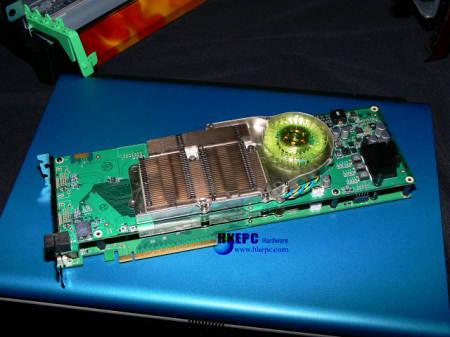
2006 Today: GeForce 8
Most modern video cards today - the eighth series. The first series of products supporting the new DirectX 10 and Windows Vista. Interface - only PCI-E, memory - from 256 to 1024 megabytes. Possible before the summer and autumn of 2008 the GeForce 8800 Ultra is the most powerful graphics resheniem.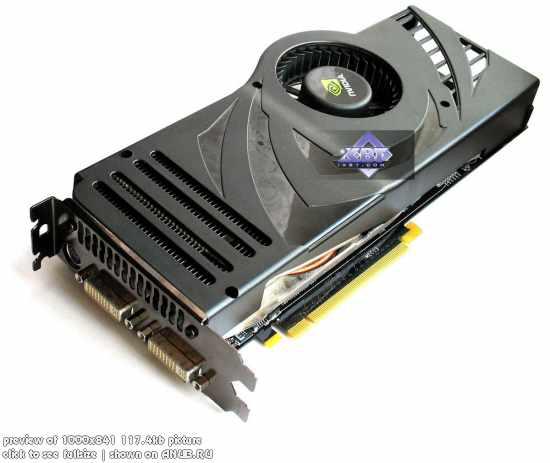
In the near future, new subspecies of the eighth series, then the ninth - will support DirectX 10.1
Based on materials from Wikipedia
nVidia
1995: NV1
Interface - PCI, memory - 2 MB, support 3D

1997: RIVA 128
(Real-time Interactive Video and Animation accelerator)
AGP 1x, PCI, 4 megabytes of memory to work with DirectX 5

1998: RIVA TNT
(TNT = TwiN Texel)
AGP 2x, PCI, from 8 to 16 MB of memory, support for DirectX 689,750,726
1999: RIVA TNT 2
AGP 4x, PCI, 16-32 megabytes of memory, DirectX 643,510,349
1999: GeForce 256
The first video card with GPU, has paved the way for many years for a family of GeForce.
AGP 4x, 16-32 megabytes of memory, DirectX 7
Check out a preview of the September 17, 1999 ...

2000: GeForce 2
The second generation has been very successful and continued development of the company nVidia
A wide range of models - from weak prefixed with MX to a top prefixed with Ultra, which was fixed for the most powerful symbols of the samples range still.
Overview
Interface AGP 4x, 32-64 megabytes of video memory, the transition to memory DDR, architecture DirectX 725,860,594
2001: GeForce 3
The very first video card with shader programs. With a light hand of the developers, the game appeared beautiful Vodicka with reflections.
Three versions - standard, Ti200 and Ti500 overclocked weakened.
Overview
AGP 4x, 64-128 megabytes of memory, support for DirectX 8 (8.1 for the later models)

2002-2003: GeForce 4
The series consisted of two malopohozhih product lines - MX and Ti
MX is a descendant of the second series, Ti - third. The main difference between MX-cards was the lack of support for shaders.
AGP 4x, 64-128 megabytes of memory for MX-series - DirectX 7, for the Ti-Series - DirectX 8.1
Obzor


2003: GeForce FX
The fifth generation of video cards GeForce.
AGP 8x, 128-256 megabytes of memory, the beginning of the era of DirectX 9.
Models from 5200 to FX FX 5950 Ultra.
Obzor

2004-2006: GeForce 6
The transition from AGP-interface PCI-Express (although AGP-version released along with the PCI-E), update revision DirectX 9 (9.0c), 128-512 megabytes of memory, the introduction of technology SLI - the use of two paired cards in one system. < br /> That class 6 card used today in most computers.
Obzor

2006-2007: GeForce 7
Interface: PCI-E, AGP 8x. All the same DirectX 9.0c, from 128 up to 1024 MB of video memory. For the first time released motherboard with two cores on board - 7900 GX2

2006 Today: GeForce 8
Most modern video cards today - the eighth series. The first series of products supporting the new DirectX 10 and Windows Vista. Interface - only PCI-E, memory - from 256 to 1024 megabytes. Possible before the summer and autumn of 2008 the GeForce 8800 Ultra is the most powerful graphics resheniem.

In the near future, new subspecies of the eighth series, then the ninth - will support DirectX 10.1
Based on materials from Wikipedia
